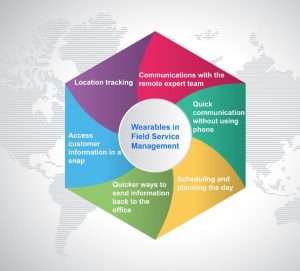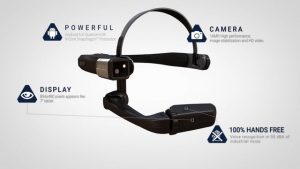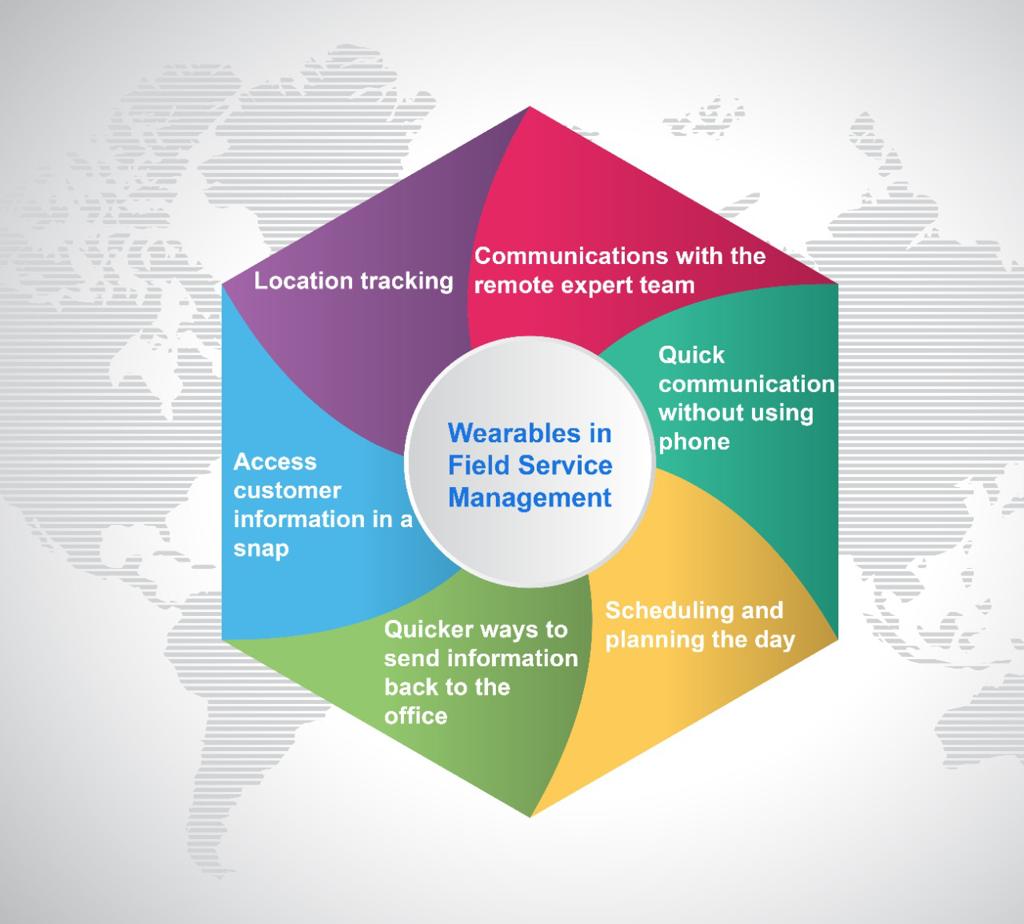Challenges faced in Field Service Management
In today’s fiercely competitive environment, firms face a huge issue. They are unable to differentiate themselves as competitors quickly copy the functionalities and look and are priced very similarly. I have seen many firms differentiate themselves based on customer support. This is being executed by the Field Service teams.
As all of us know, the Field Service Management team, along with the sales team is always on the move. The team moves from one customer location to another and keeps solving problems or keeps answering questions to the never-ending needs of the customers. I have seen the enterprise IT organization’s ability to keep the in-house employees well connected and highly productive. However, I have seen challenges in connecting the Field Service Management teams with the right kind of technology and empower them with the right kinds of tools to increase their productivity.
Evolution of Field service management
The Field Service Management software has evolved over time. A stable Field Service Management solution has the following modules:
- Ticket lifecycle management
- SLA Mapping
- Compliance monitoring
- Spare’s tracking and Billing
- Real-time technician tracking
- Report insight and Analytics
- Customer feedback.
The Field Service Management app with these functionalities have been able to give a good amount of productivity increase to the Field service engineers. However, the mobile app has, over time, evolved into a knowledge sharing app for multiple engineers. The FAQ and the interactivity in terms of all the engineers converging on a set of questions to share their knowledge converted the app into a knowledge dissemination app. This helped the reps give as much information to the customers as possible in the shortest possible time.
GAPS in Field Service Management
The Field Service Management apps had evolved as discussed earlier and have solved multiple problems of the team members. They were able to chat with other engineers and get some responses and learn. However, the app was unable to solve a few of the problems such as
- Allowing real-time remote team support
- Having multiple devices to be in sync with the remote team
- Not having some information about the customers leading to wrong decisions.
So, in spite of implementing the solution through the entire customer support teams, the organization could not get the desired CSR ratings they deserved.
Use of Wearable’s in Field Service Management

The thought of applying wearable technology began when some organizations began experimenting with the use case of Google Glass and Apple Watch. The teams began extrapolating these use cases for Field Service Management. They figured out the concepts such as the ability to use these glasses and see customer data, warranty information, user manuals. They found that these would be a shot in the arm for quick repair and maintenance. They began leveraging the Augmented Reality platform that involves wearing glasses and began building APIs to connect with enterprise systems to leverage the data.
Potential use cases of wearable’s in Field Service Management
Now the Field Service Management app is able to give a 360-degree view of the customer, With the AR ability of the app, the information about the customer leaps off the device. The Field service engineers need not carry an array of devices. They can travel light with the Wearable device and can quickly service the customer. The app also lets the Field Service Management team to manage a few activities that include:

- Location tracking
- Communications with the remote expert team
- Quick communication without using a phone
- Scheduling and planning the day
- Quicker ways to send information back to the office
- Access customer information in a snap
- Response to customers much faster
Conclusion
Customers are losing patience in being put on wait mode. They don’t necessarily like it when they hear the usual “I will get back to you”. The customers prefer sales and service people who will have ready-made instant answers to their questions. Wearables will help you get all the information about the customer in a simple manner.
Lots of organizations that have field service teams are adopting wearable technologies. They are making their teams agile and efficient. These companies go after their competitors’ customers and use the technology as a differentiate to win them. It will be a question of time when all companies will have to leverage wearables and other technology.
In the upcoming blogs, we will discuss specifics on how we can use wearables for multiple industries and how we can solve specific customer problems in the shortest possible time.

